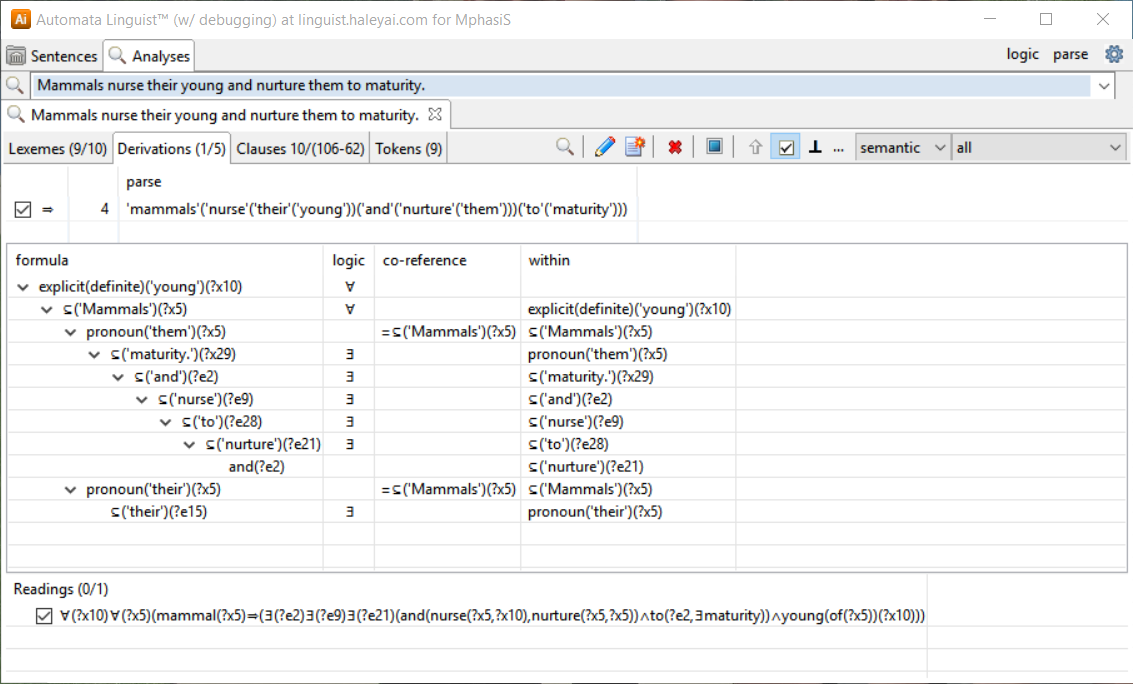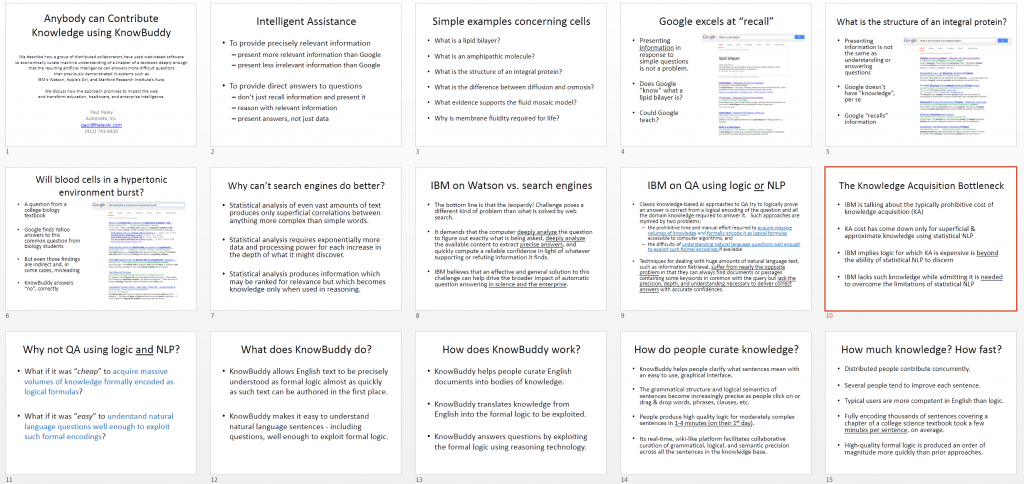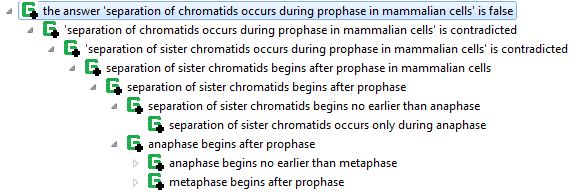The title is in tribute to Raj Reddy‘s classic talk about how it’s hard to wreck a nice beach.
I came across interesting work on higher order and semantic dependency parsing today:
- Turning on the Turbo: Fast Third-Order Non-Projective Turbo Parsers.
- Priberam: A turbo semantic parser with second order features
So I gave the software a try for the sentence I discussed in this post. The results discussed below were somewhat disappointing but not unexpected. So I tried a well know parser with similar results (also shown below).
There is no surprise here. Both parsers are marvels of machine learning and natural language processing technology. It’s just that understanding is far beyond the ken of even the best NLP. This may be obvious to some, but many are surprised given all the hype about Google and Watson and artificial intelligence or “deep learning” recently.





